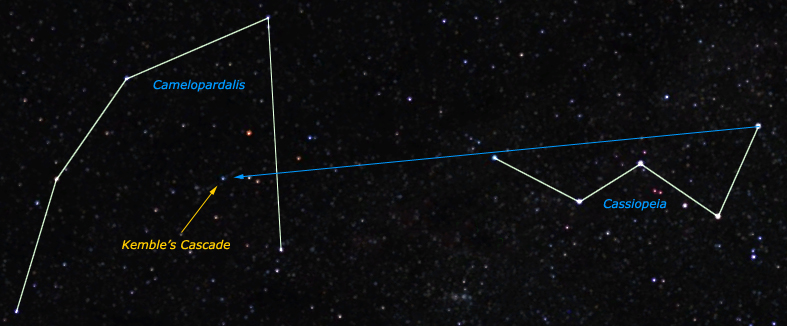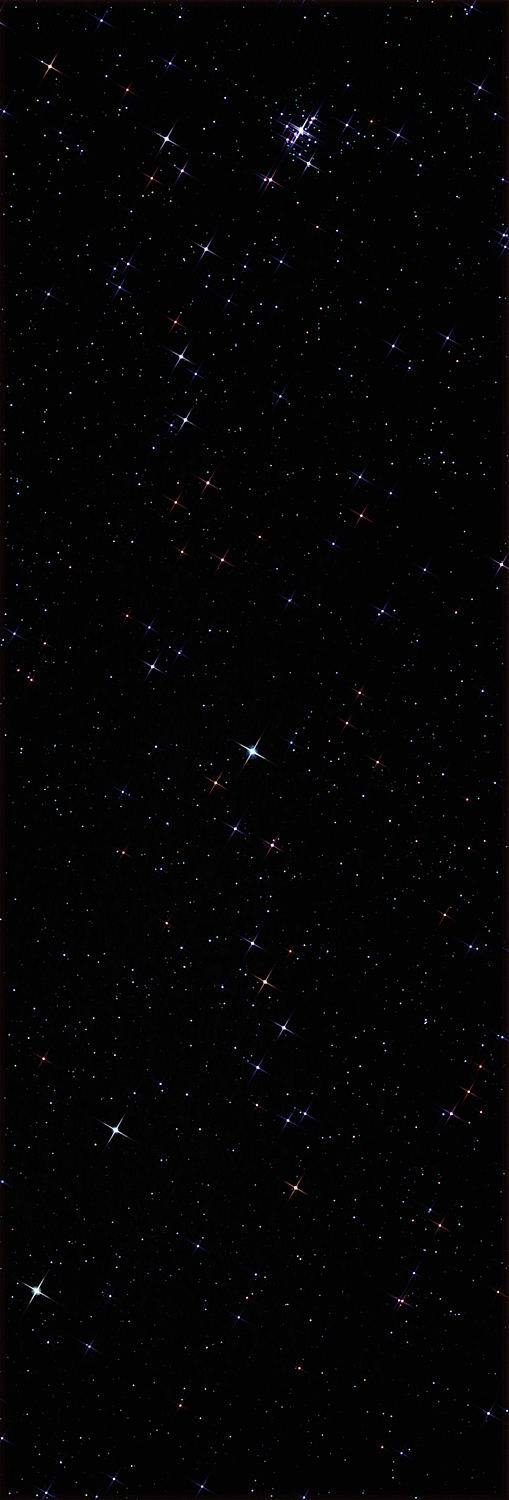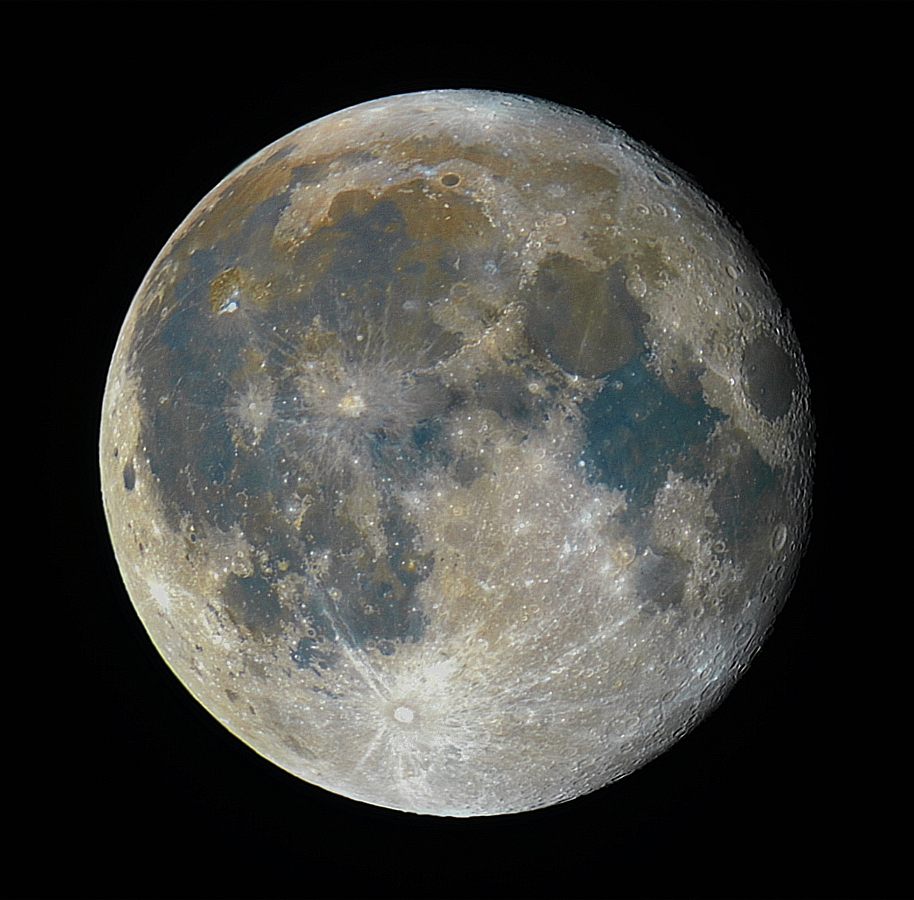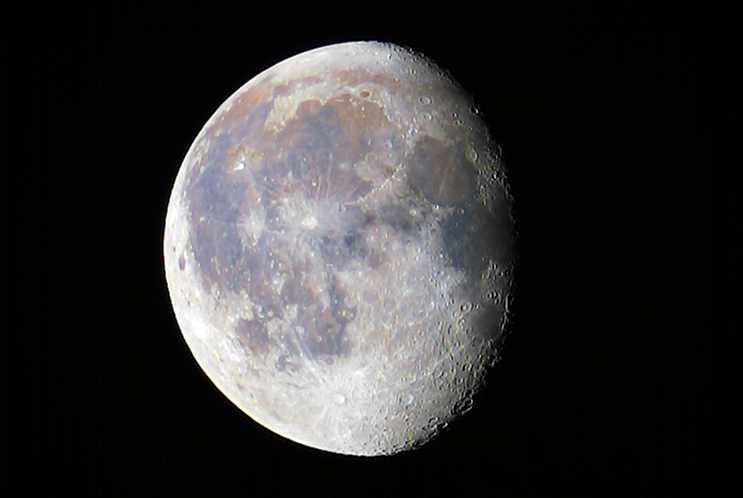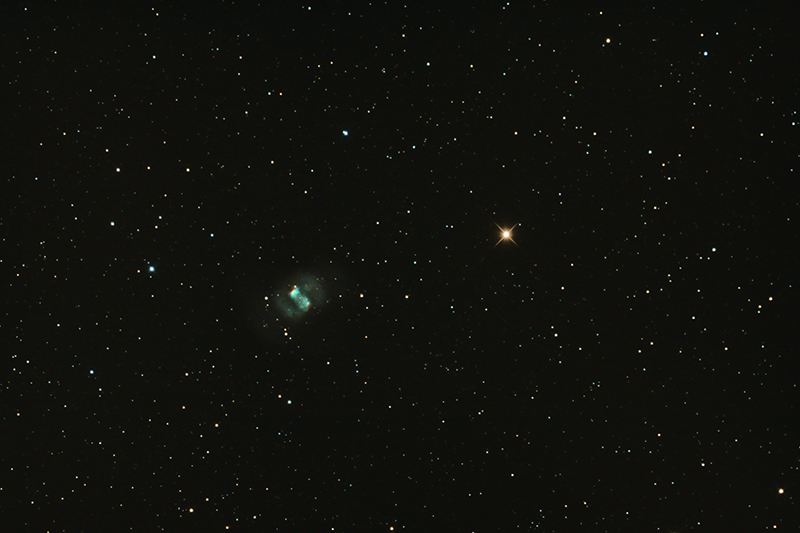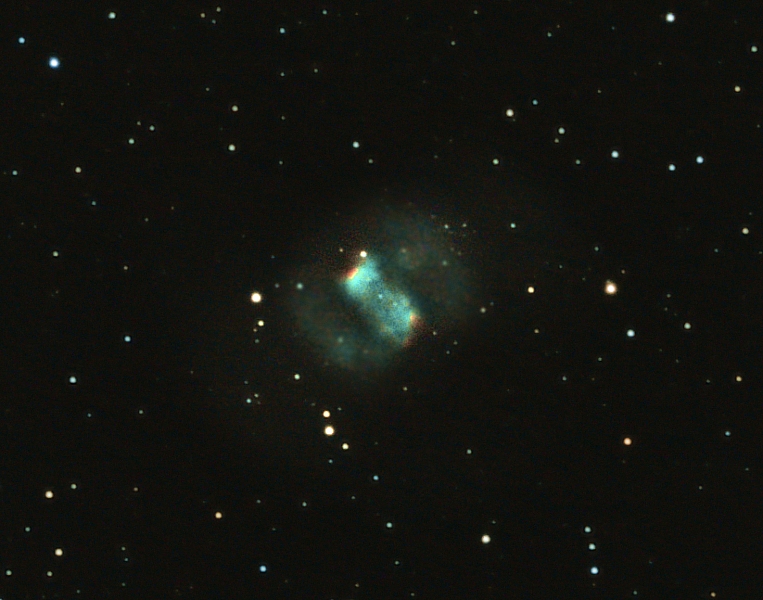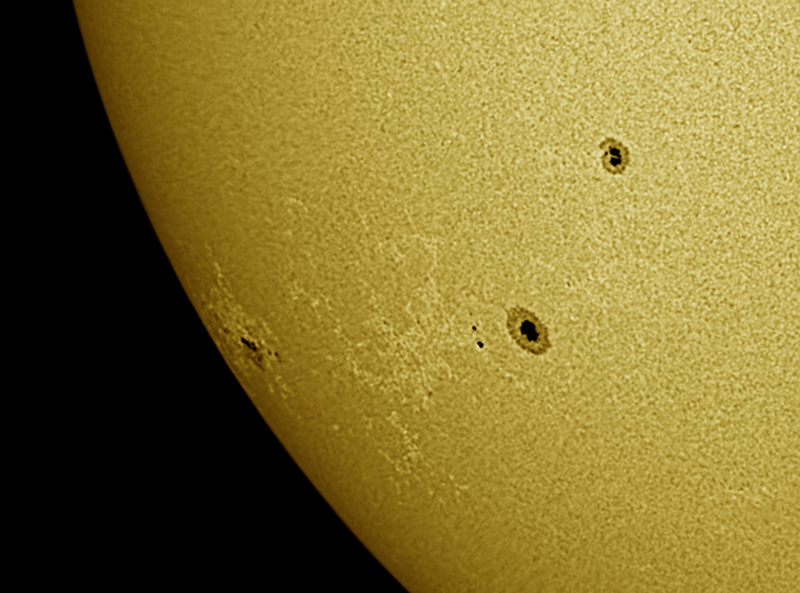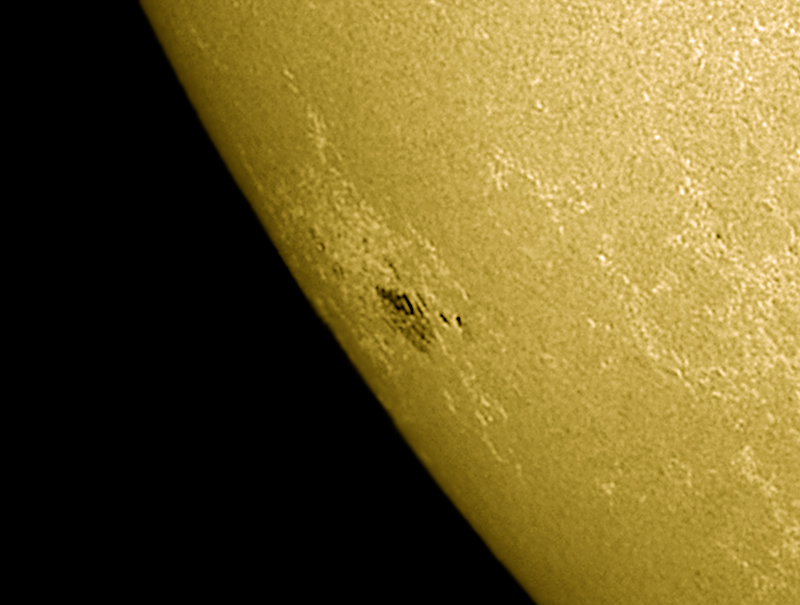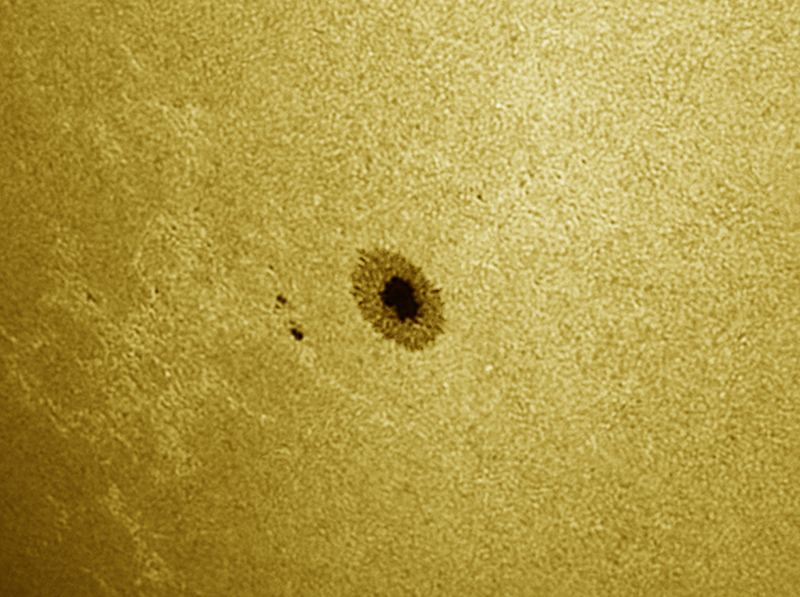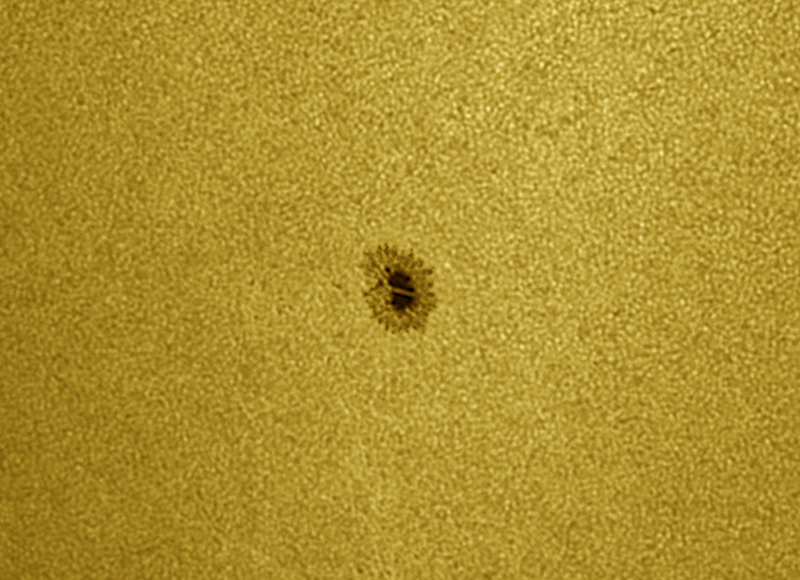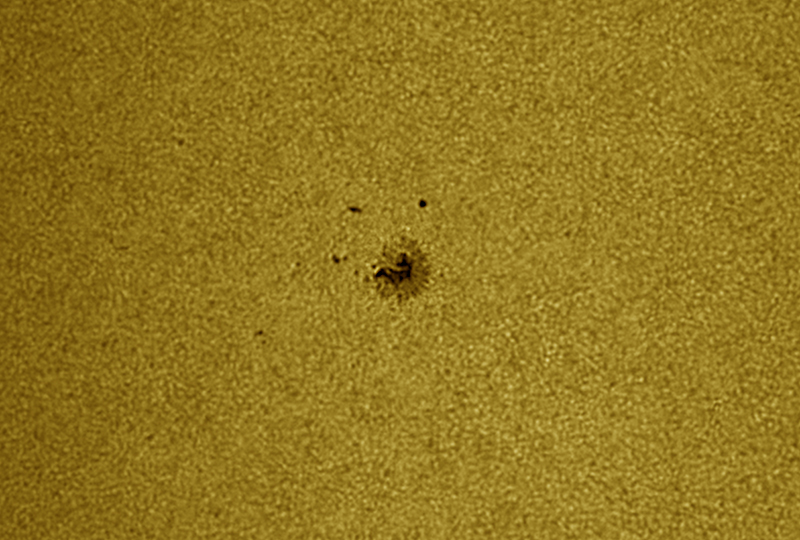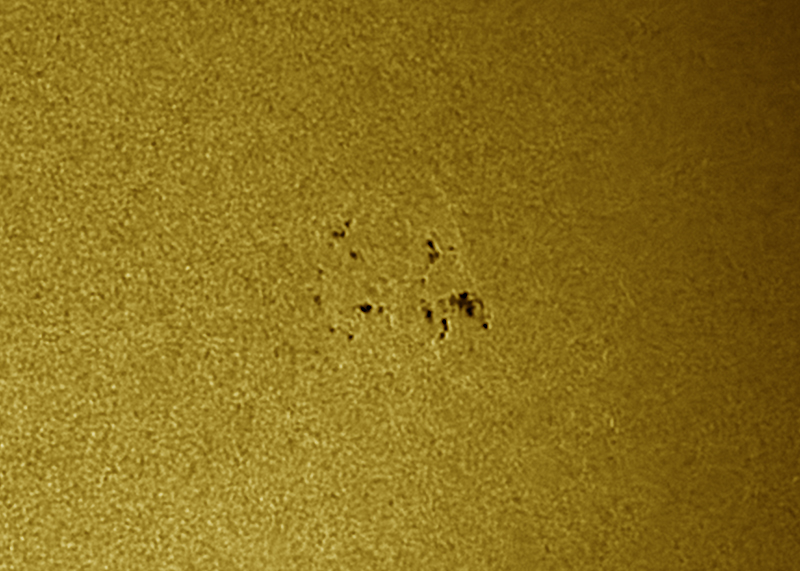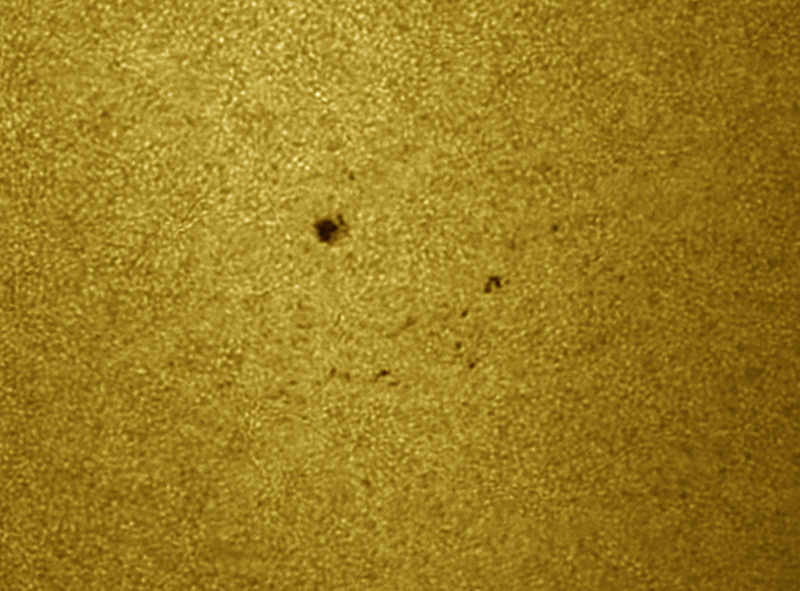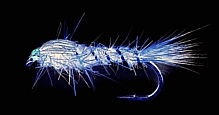Here you go - Kemble's Cascade - a fine asterism and one of the objects on the Moore Winter Marathon list.
To me it always looks like a waterfall of colourful stars spilling from the NGC1502 cluster.
You'll need to click it to see it in any great detail.
Kemble's Cascade, an asterism in the constellation Camelopardalis.
2 stitched images. Subs: 12 & 8 light @ 150s, darks and bias frames, ISO800.
1000D on the C80ED-R refractor, guided with PHD.
You won't need a telescope - you should be able to see the Cascade well enough through binoculars, and it's a fair size - you could fit five of our Moons into the above pic.
It's easy to find too, so long as you can locate the Big W:
